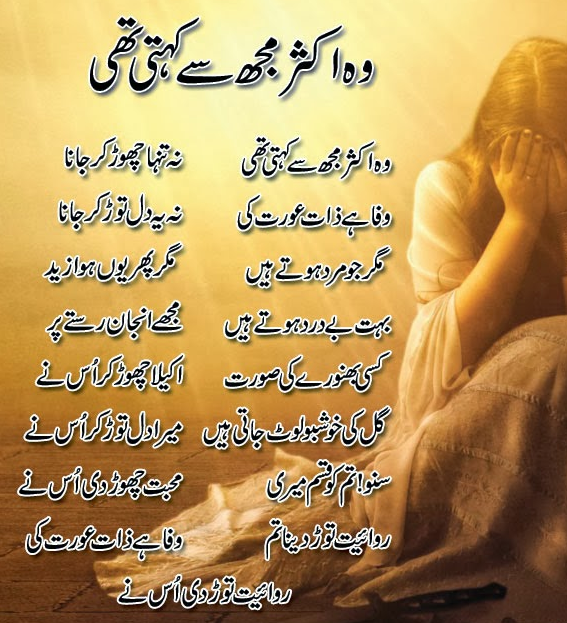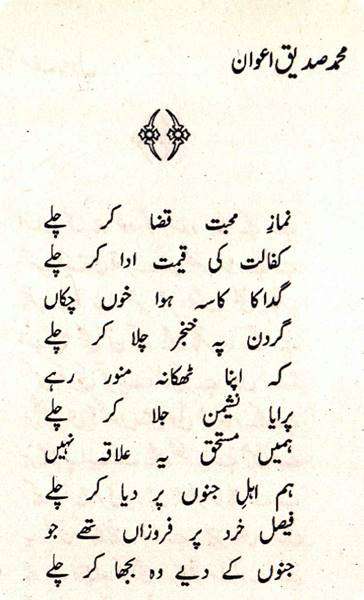


Where was I? Drinks were on the house.įor mixers, my love, you'd poured-what?-even the rain. "our glosses / wanting in this world" "Can you remember?"Īnyone! "when we thought / the poets taught" even theĪfter we died-That was it!-God left us in the dark.Īnd as we forgot the dark, we forgot even the rain.ĭrought was over. What will suffice for a true-love knot? Even the rain?īut he has bought grief's lottery, bought even the rain. Ali compared each ghazal couplet to "a stone from a necklace," which should continue to "shine in that vivid isolation." Ali's ghazal "Even the Rain" is excerpted here: However, it was the poet Agha Shahid Ali who introduced it, in its classical form, to Americans. Indian musicians such as Ravi Shankar and Begum Akhtar popularized the ghazal in the English-speaking world during the 1960s. The German poet and philosopher Goethe experimented with the form, as did the Spanish poet Federico Garcia Lorca. Other languages that adopted the ghazal include Hindi, Pashto, Turkish, and Hebrew. Among these poets, Ghalib is the recognized master. In the eighteenth-century, the ghazal was used by poets writing in Urdu, a mix of the medieval languages of Northern India, including Persian. The form has roots in seventh-century Arabia, and gained prominence in the thirteenth- and fourteenth-century thanks to such Persian poets as Rumi and Hafiz. Traditionally invoking melancholy, love, longing, and metaphysical questions, ghazals are often sung by Iranian, Indian, and Pakistani musicians.

The final couplet usually includes the poet's signature, referring to the author in the first or third person, and frequently including the poet's own name or a derivation of its meaning.

Subsequent couplets pick up the same scheme in the second line only, repeating the refrain and rhyming the second line with both lines of the first stanza. The first couplet introduces a scheme, made up of a rhyme followed by a refrain. Each line of the poem must be of the same length, though meter is not imposed in English. The ghazal is composed of a minimum of five couplets-and typically no more than fifteen-that are structurally, thematically, and emotionally autonomous.


 0 kommentar(er)
0 kommentar(er)
